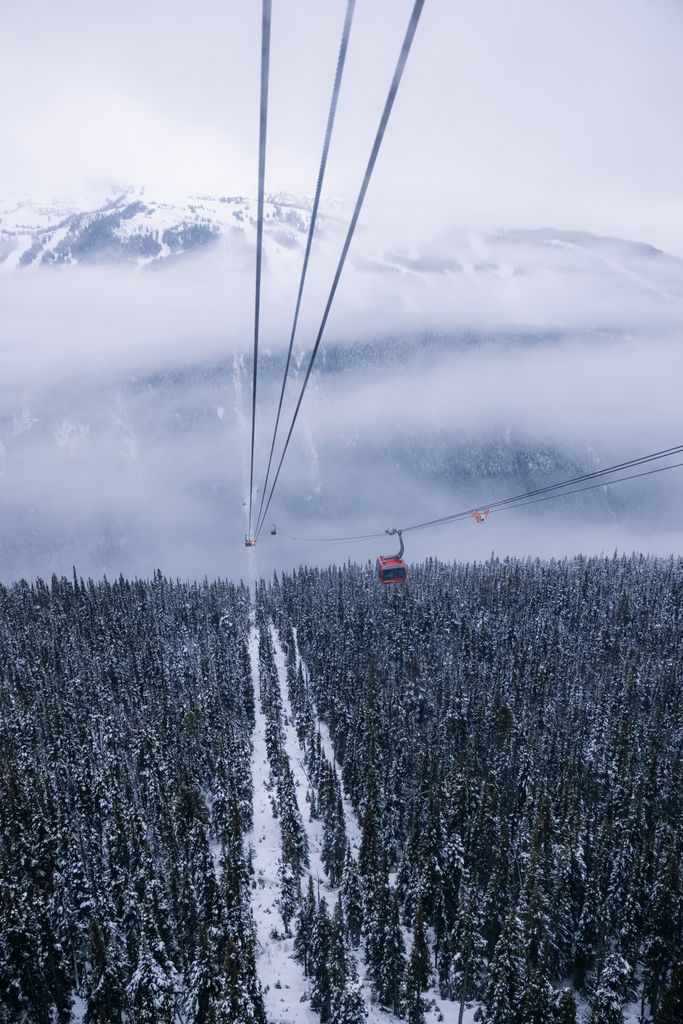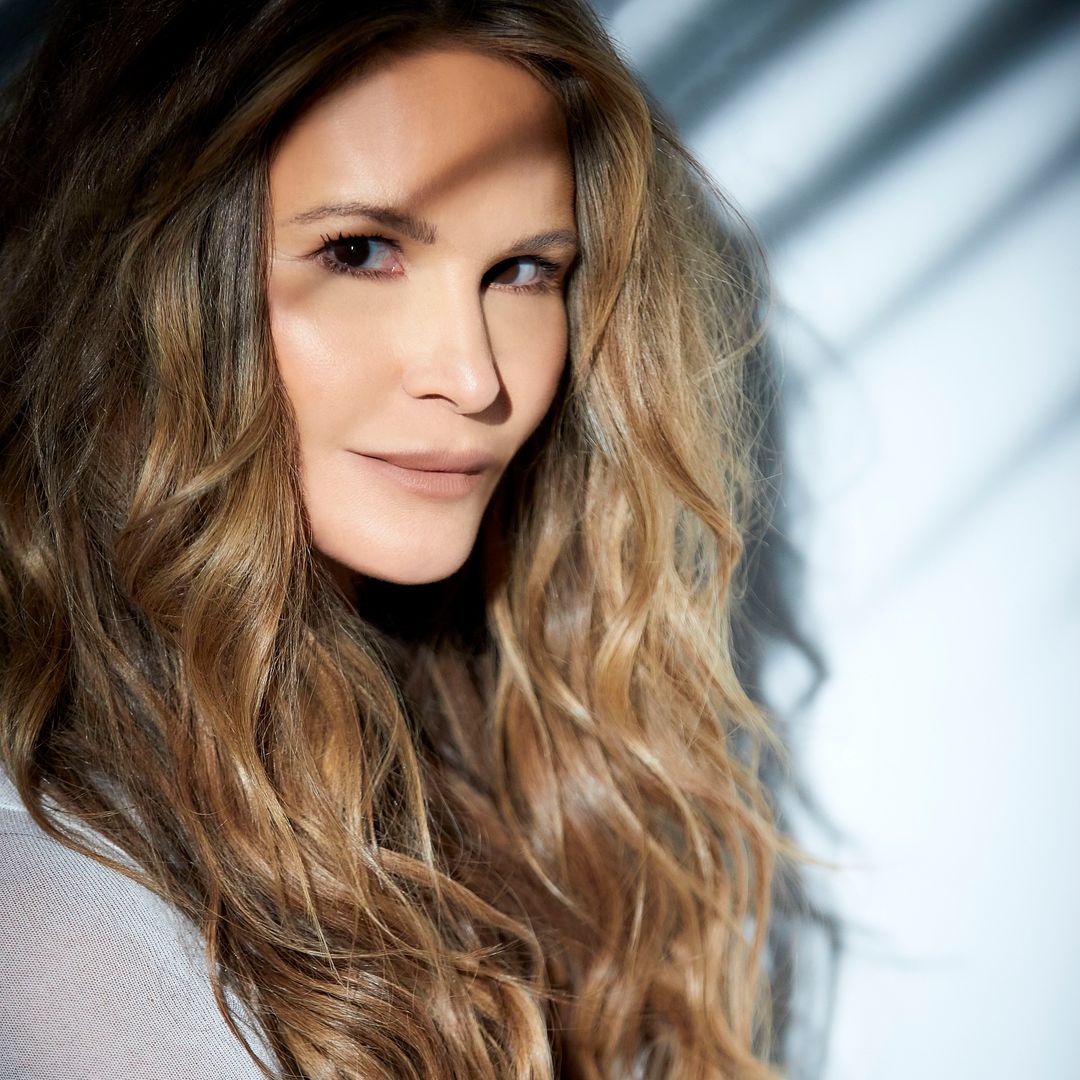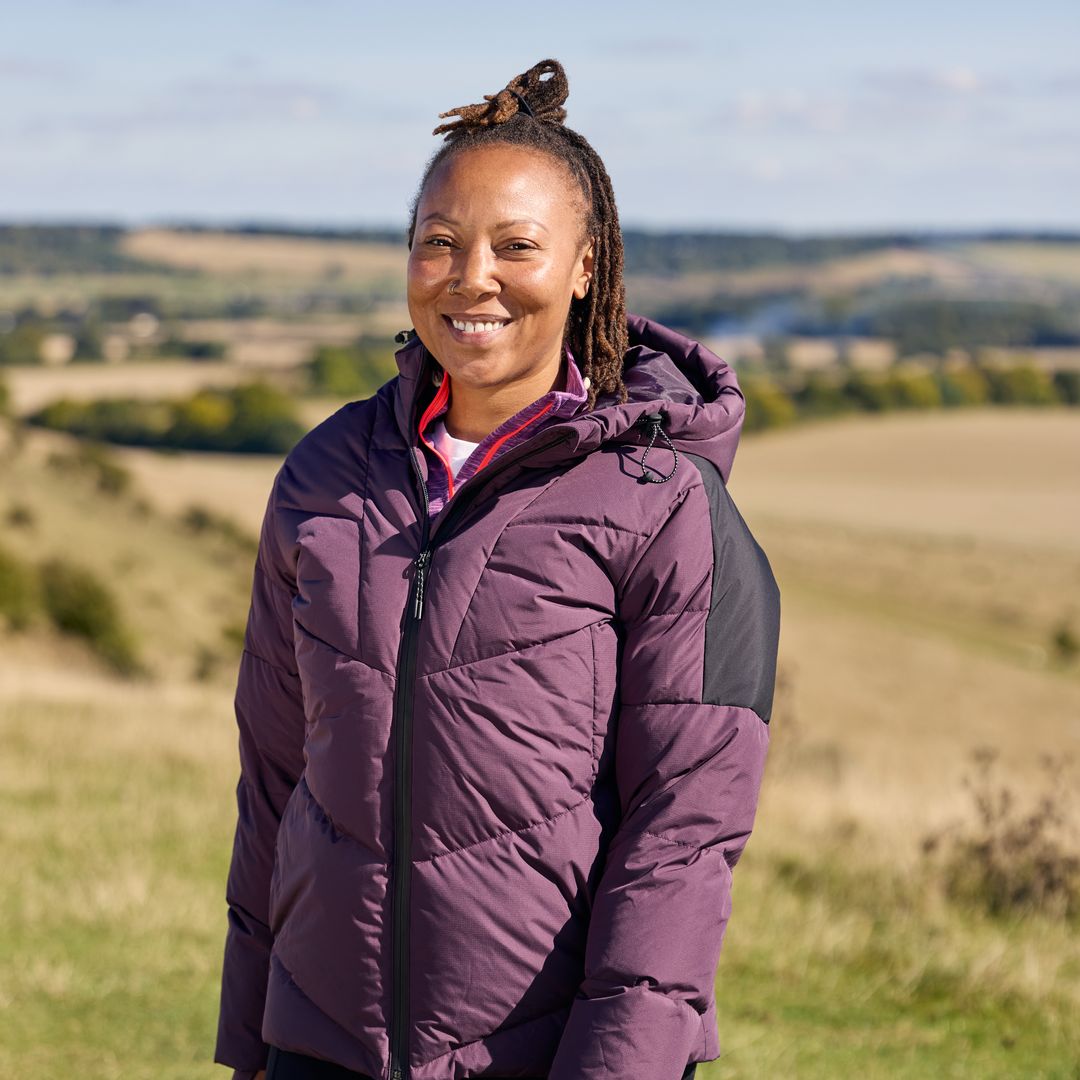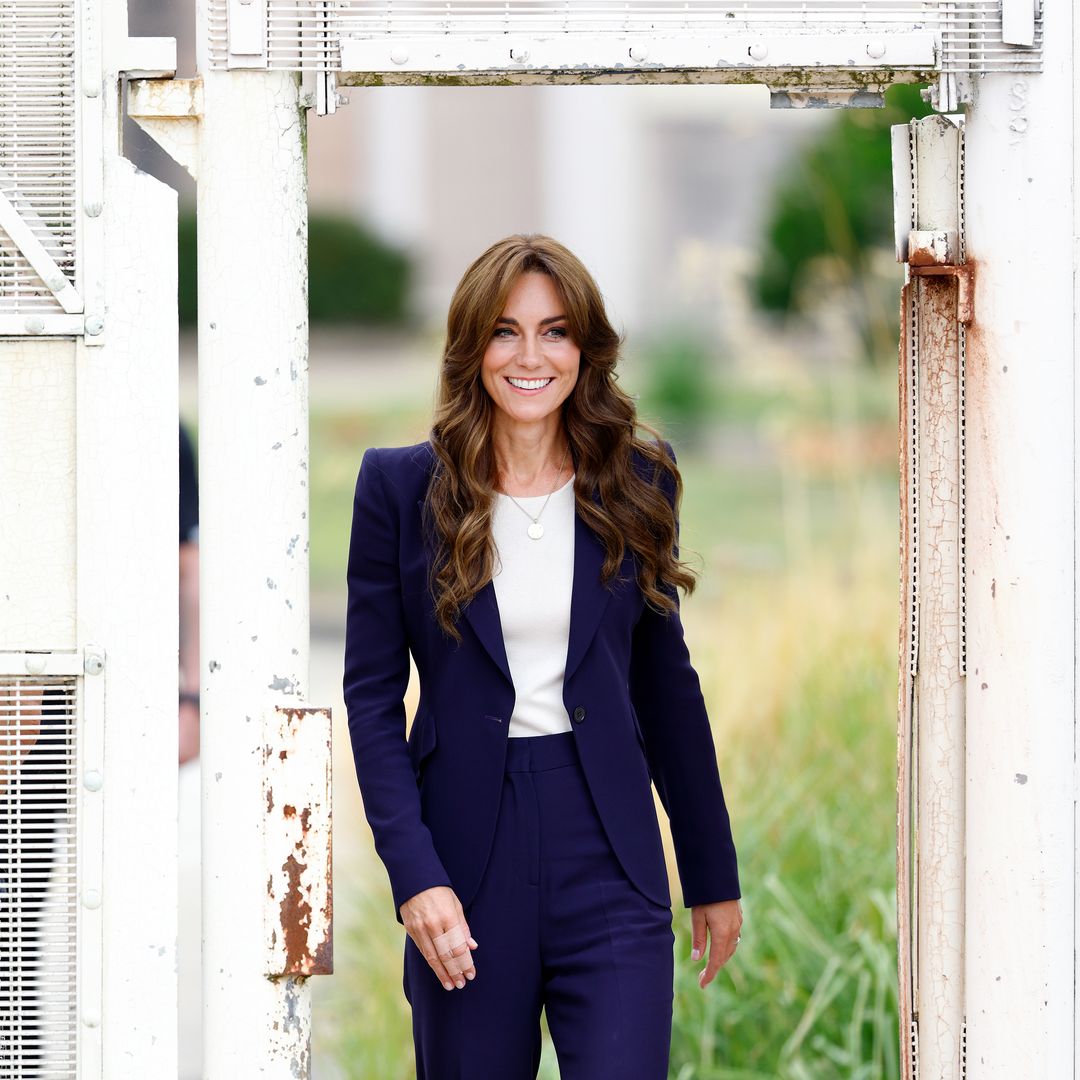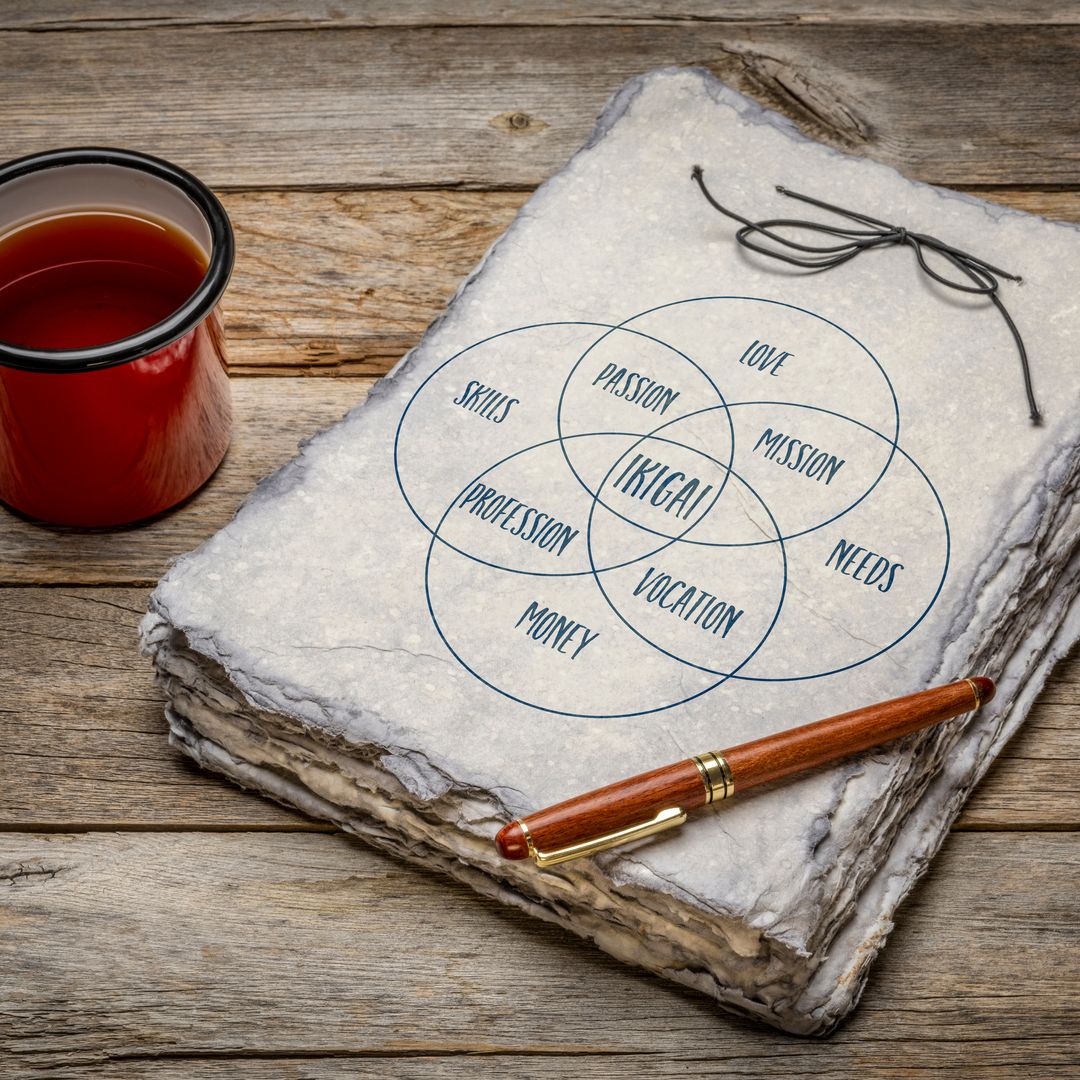For most of us, ski season means hitting the slopes for a few adrenaline-fuelled days to enjoy the powder, and of course, the après ski. Unless you've found yourself in a sticky situation, it's easy to forget that behind the scenes there's a team of ski patrollers who are always on the mountain, ready to respond.
From being the first to ski the runs every morning, to controlling avalanches and saving lives, day jobs don't get much more exciting and rewarding - or high-pressure. Once nearly all men, there's been a surge of women in ski patrols in recent years. In honour of International Ski Patrol Day this February, we spoke to Sarah Reade, a member of ski patrol at Whistler Blackcomb in Canada, to find out more about what it takes to be part of the team.
"The skiing is what got me here and the comradery of the team that I work with is what keeps me," says Sarah. Growing up in Cranbrook, British Columbia, she learnt to ski at just three years old. She later got into competitive mogul skiing (a freestyle form of skiing, on a steep bumpy course) and coached the sport for eight years before volunteering with patrol and then making it her career. "There are no boring days, every day is different."
Sarah's day begins in the early hours with a meeting to discuss the snow conditions and any operational plans before heading out to ski Whistler's runs before anyone else, checking the markings are still in place and the signs are still up. On a clear morning, the views are breathtaking. If skiing a fresh run at sunrise sounds like the dream, being a ski patroller means you get to live it on the daily, but that's likely the most relaxed part of your day.
"You never know what's coming. At any point, we could have injuries, so we’re always ready to respond," she says. "In my pack, I’ve always got first aid gear, a radio and avalanche gear, so a probe, shovel and beacon."
From serious injuries to simply needing a Band-Aid or navigating extreme weather conditions, call-outs can happen for a variety of reasons. "I’ve helped people who are having a panic attack because they can’t see or they’re having vertigo. Sometimes it gets fogged up at the top and you can't see five feet ahead of you. I’ve skied the runs so many times on a gorgeous sunny day, I know if a dip or a rise is coming up. Helping them down and them not getting hurt and being able to carry on, that’s really something."
With 8,171 acres of terrain, 200 marked runs, 16 alpine bowls and three glaciers, Whistler Blackcomb is by far the largest ski resort in North America. It's also ranked the number one (Wall Street Journal 2023-2024). Extremely steep and avalanche-prone, in peak season each mountain can receive up to 40 call-outs for help every day, so being a first responder means you're always on high alert.
"Normally we get a call, either the person themselves on their cell phone, or sometimes a passerby. You’re always listening to your radio. It keeps it exciting every day. When we’re not responding to a lot of injuries, we’re doing training and learning new skills, so it’s always a dynamic environment."
READ: I took the train to celeb skiing hotspot Verbier for an amazing eco-break
The best part of the job? "It’s so rewarding. Even recommending a run or sharing the stoke of a powder day with someone. You get to share those moments, and you help people in terrible moments, but you can make a bad day that bit better."
Despite an increase of women joining ski patrols, we make up just under 30%, but that number continues to grow. Whistler Blackcomb has 30 patrollers covering both mountains, 12 of which are female. "It used to be a bit of an old boys club back in the day but it’s more inclusive now," says Sarah. "We bring a different energy to the work environment. Once you join patrol, it’s your family and it’s a pretty special place to work."
International Ski Patrol Day 2024 is supported by global outdoor brand Helly Hansen. Find out more here.
Visit HELLO!'s Happiness Hub for inspiring, mood-boosting content.


